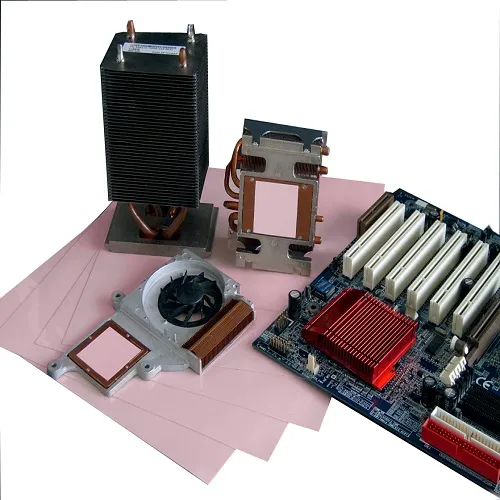Because the air is a poor conductor of heat, the heat will be resisted by the air when it is transferred between the two, which will reduce the transfer efficiency. Therefore, the thermally conductive gap filling materials can effectively reduce the contact thermal resistance between the two, improve the heat conduction efficiency, and improve heat dissipation effect.

Thermal conductivity is a parameter to measure the thermal conductivity of a material. Generally speaking, the higher the thermal conductivity, the higher the thermal conductivity of the thermally conductive gap filling materials. The thermal resistance of the gap material, in fact, the thermal gap filler material itself has thermal resistance, if the thermal resistance is too large, the heat will reduce its transfer rate under the resistance of the thermal gap filler material, so there will be two thermal conductive fillers with the same parameters. Gap materials, one of which has a better thermal conductivity than the other, so pay attention to its thermal resistance when understanding the thermal conductivity of thermally conductive gap-filling materials.

 English
English
 usheenthermal
usheenthermal



